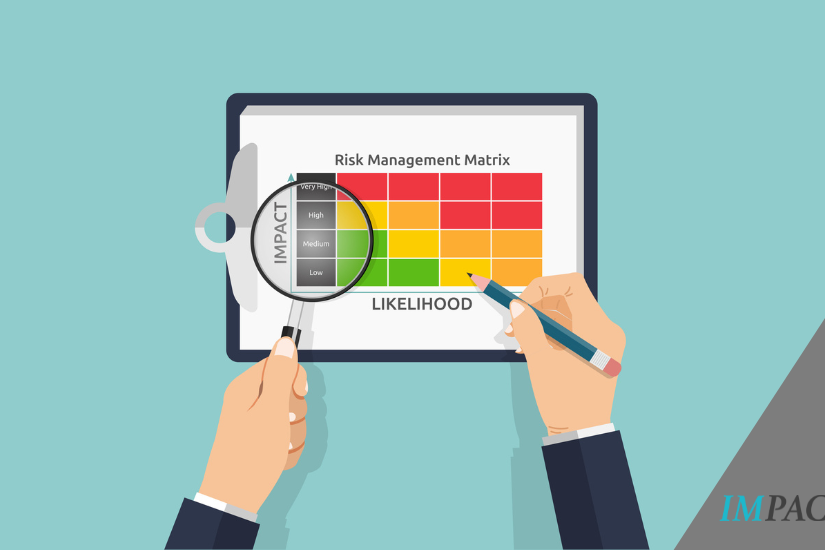Paid Leave for All Takes All of Us

[IMPACT+: This series features IMPACT posts that take a longer look at vital financial security topics that affect American consumers. A version of this article appeared on Medium.]
As the details of how to deliver paid leave for all continue to be debated, let’s remember why workers, employers, private insurers and policymakers have rallied behind it in the first place. It’s a shared belief that all Americans deserve to be protected from economic loss when taking time off from work to care for themselves or a loved one.
Making sure support is there when the unexpected happens is at the core of what life insurers do. Through employer-based plans, we provide coverage to 62 million Americans — nearly half of the full-time private-sector workforce. We know the impact of the $11.3 billion in disability (medical leave) claims we deliver to workers each year. These benefits make it possible for them to take care of themselves and their loved ones, and provide the certainty of knowing their incomes, and jobs, are protected. We know the value we deliver to employers is our expertise in navigating complex regulations, and the ease and confidence we give their employees.
That’s why — in addition to expanding paid family and medical leave benefits to workers who don’t already have access through their employers — it’s so important new federal guidelines don’t do so at the expense of the 62 million Americans who are already covered by employer-based plans. These workers want to keep the plans they know and trust, and employers want to keep them too.
- Workers’ satisfaction with disability income (private sector version of paid medical leave) is very high — 92%.
- Benefits and services provided to workers through private-sector paid leave insurers include guidance and coordination to make sure workers take advantage of everything available to them; meeting the needs of unique leave such as military leave, crime victims leave, organ donation leave, school conference/activities leave, and pandemic-related vaccine and school closure leave; facilitating vocational and accommodation services needs and return to work; and helping with resources when one is on leave acting as a caregiver.
- Voters want paid leave to be accomplished by building on and expanding existing employer‐based paid leave benefits (72%) instead of creating a new national federal government program. This is true across party affiliation.
But reimbursement levels to employers being discussed right now would make it difficult for employers to keep their current private plans. When forced to choose between leave benefits paid for in full by the government, or in large part by themselves, the choice is a matter of dollars and cents. Companies will find it hard not to choose cost-savings every time. This means fewer private dollars, more cost to the government, and disruption for workers who will lose the certainty and continuity of the coverage they have now.
The current House reconciliation bill recognizes the value of a public-private partnership as it expands access to all. The bill wisely sees that working together will assure paid leave in the most seamless, least disruptive and best way for all workers. This is particularly important as we continue to feel the economic disruption from the pandemic, which has disproportionately impacted women and underserved communities.
We encourage policymakers to support American workers by doing the following:
- Ensure that employers continue to participate in private sector coverage by maintaining the 90% level of employer reimbursement found in the House reconciliation package. This will encourage employers to maintain frictionless private benefit delivery and ensure 10% or more savings in direct benefit costs and administrative savings to the government.
- Protect existing benefits for all workers that have them by allowing reimbursement in legacy states to go to the employer rather than the state where the employer opts to use the private sector. This will allow employers in legacy states that choose that state’s “opt-out” provision to maintain private delivery of benefits while also assuring the 10% cost savings for the federal government from the legacy states.
- Eliminate barriers to private options for small employers by replacing the $1,000 fee on employers that choose to opt for private sector benefits with a sliding scale between $0 and $500 based on the number of employees.
Paid leave for all will take all of us. Together, we can ensure every worker who doesn’t have it has access, and the 62 million Americans who do can keep the coverage they know and trust. America’s life insurance companies are eager to help make it happen.





